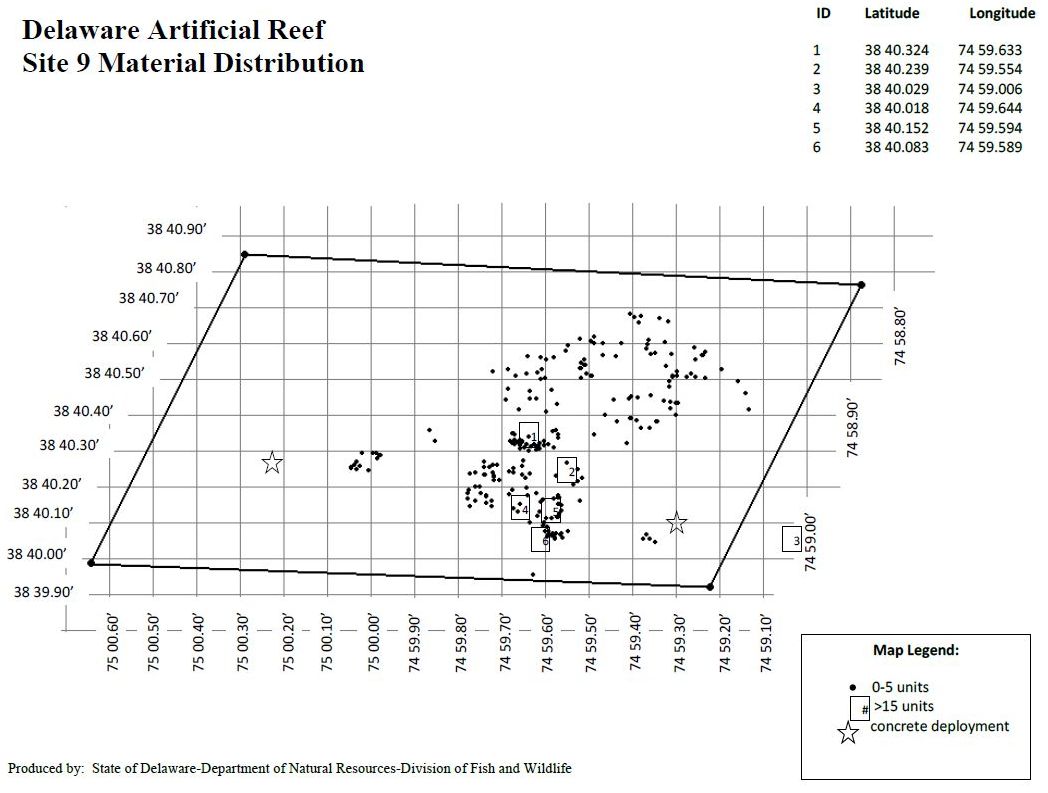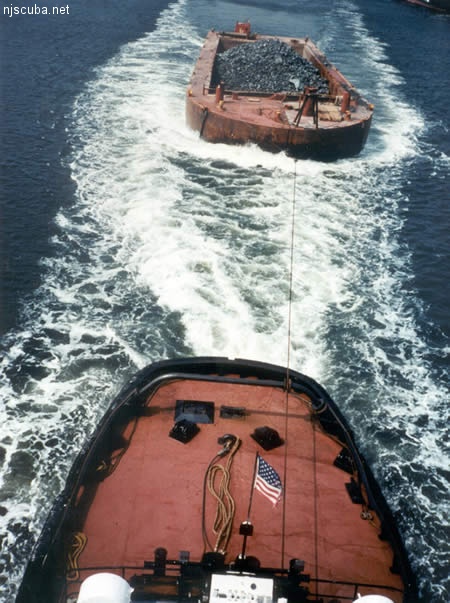
- Type:
- artificial reef, trawler
- Built:
- 1971, Intracoastal Shipyard, Panama City FL, as Storm
- Specs:
- ( 70 x 19 ft ) 132 gross tons
- Sponsor:
- Townsends Inlet Fluke Tournament, Ann E Clark Foundation
- Sunk:
- Tuesday April 10, 2007 - Townsends Inlet Artificial Reef
- GPS:
- 39°06.476' -74°36.471'
- Depth:
- 60 ft
More: Ha Long Bay ...


